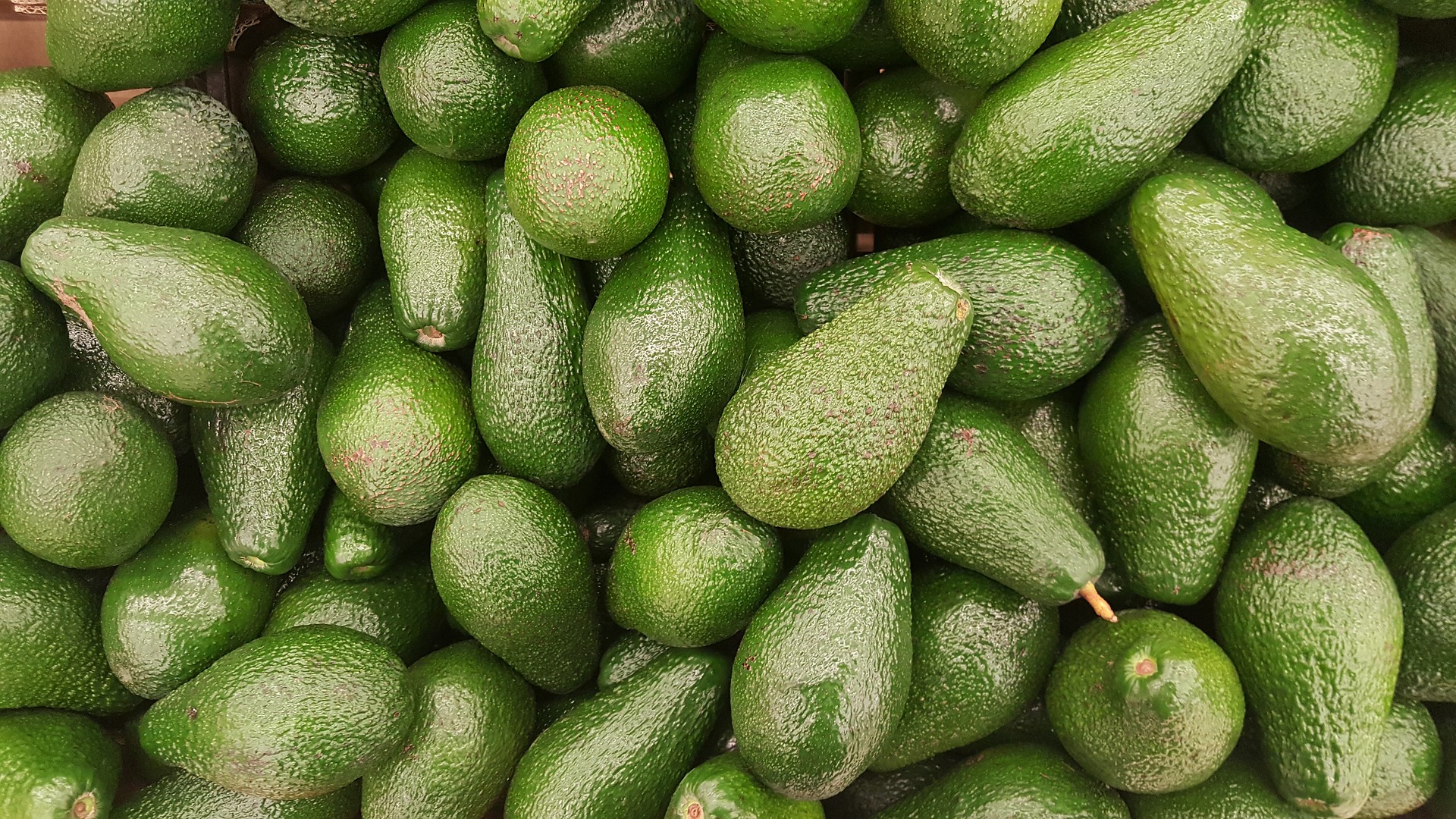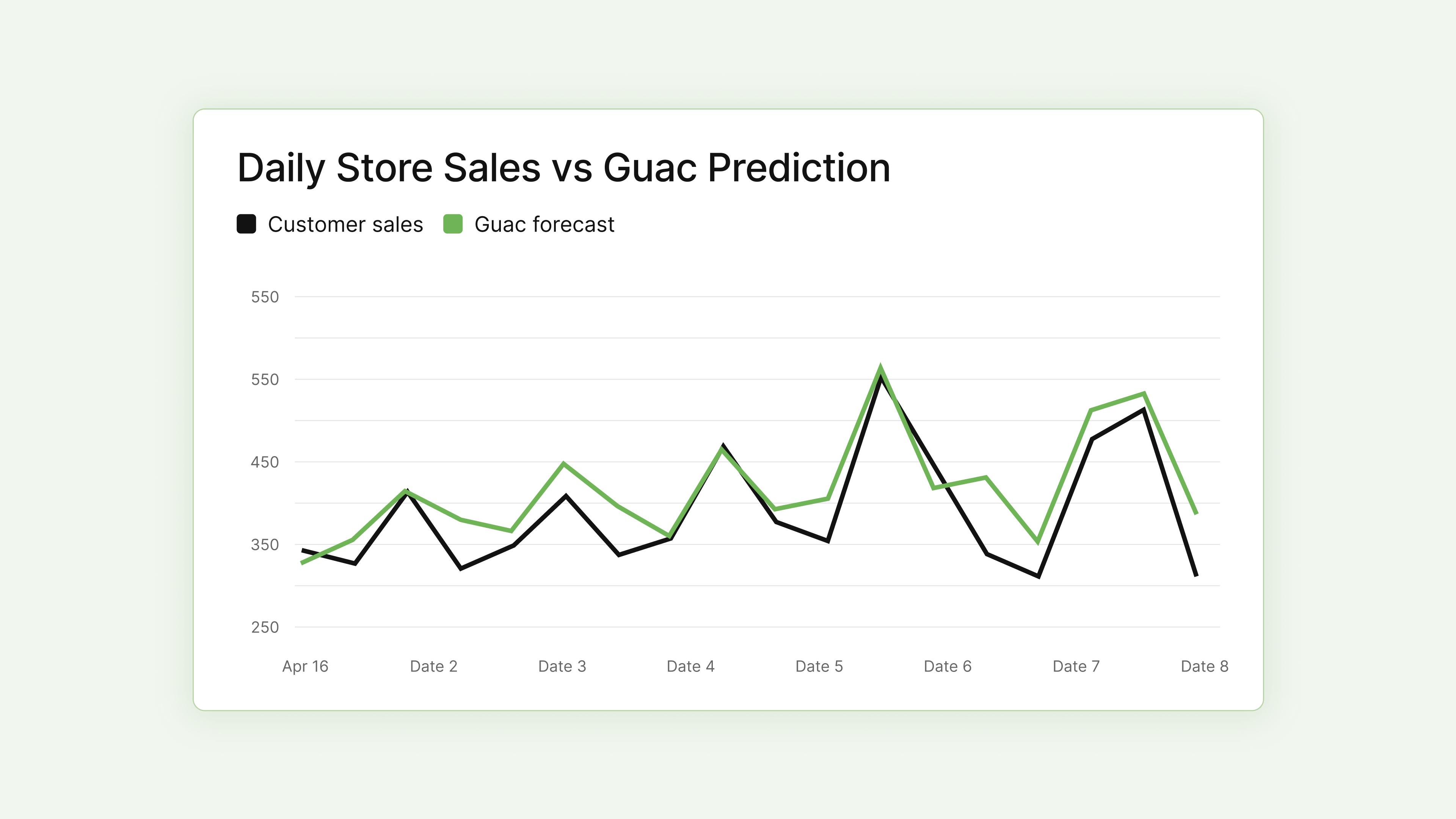How many avocados are going to sell next Tuesday?
Grocers have to predict the future every day: they order new inventory based on what they predict their future demand will look like.

Predicting the future is no piece of cake.
Accurately predicting demand is one of the most important things for a grocery retailer to solve. With razor-thin profit margins of 1–3%, grocers can’t afford to get inventory ordering wrong: if they over-predict, they’re left with tons of unsold food waste sitting in a backroom. If they under-predict, customers are turned away by empty shelves, sacrificing not only immediate revenue but long-term customer loyalty as well.
Inaccurately predicting future demand is a massive cost to grocers — in fact, food waste and empty shelves cost retailers 7–9% of their total revenue each year.
Yet, accurately forecasting item-level demand seems like an impossible challenge.
Why was fruit flying off the shelf yesterday, but barely sold at all last week? Was it unseasonably warm yesterday? School went back and kids need snacks? A promotion on substitute products that just ended? There are hundreds of real world factors behind a shopper’s every single purchase.
Take a look at this sales graph of a fresh food SKU in one of our customer’s stores. Demand is anything but consistent.

Ripe for change
While demand drastically fluctuates each day, inventory planners at even the largest supermarket chains often turn to old-fashioned pen and paper or Excel-based solutions.
On top of this, grocers rely on the intuition of experienced department managers who find patterns in demand drivers after years of experience. For example, a produce manager might remember to order more strawberries for July 4th, because last year, more people wanted strawberries for their Fourth of July picnics.
Not only does this over-reliance on experienced staff put retailers in a pickle if they leave or retire, grocery demand is a result of so many variables that even experience is not enough to accurately predict demand.
Take for example July 4th strawberry sales. Even though last year’s sales were through the roof, this year’s might be completely different: what if there are thunderstorms that cancel picnics? Or if there’s a promotion on raspberries, a strawberries substitute? Or even the fact that last year, July 4th was on a Monday, which meant more people wanted strawberries for their long weekends?
Grocery demand is driven by hundreds of variables that are intertwined — even the most experienced staff struggle to consistently forecast out this complex web of factors.
And because predicting the future is nearly impossible for any one person or department to do, grocers just accept the billions of dollars they lose each year to food waste and empty shelves as an inevitable cost.
But what if there was a way to actually cut this cost?
Guac’s secret recipe: AI meets human intuition
Using AI and machine learning, Guac empowers store managers and inventory planners to place better orders with more accurate predictions of future demand. Machine learning allows us to do two things that weren’t previously possible:
- Digest tons of data: we automatically feed into our algorithm hundreds of different data points, on everything from weather, to holidays, to local sport matches, to conferences, and more! Way too much for any one person to be able to keep up with on a near-daily basis.
- Find patterns in the data: our algorithm can learn from the past sales data and identify patterns with multiple data points. For example, it can identify that warm weather generally decreases strawberry sales, but that if warm weather is combined with public holidays, strawberry sales actually go up. The model can then apply this to the future: if tomorrow’s weather is warm and it’s also a holiday, strawberry sales will go up.
Using ML, we can hyper-accurately forecast the demand curve above:

Related Articles

Bake-off: comparing Excel vs. Guac for grocery demand forecasting
In this blog post, we dive deep into the demand forecasting process and actually show you a head to head comparison between our ML algorithm and Excel forecasting.




